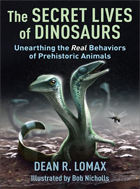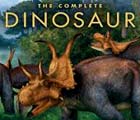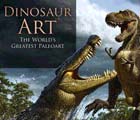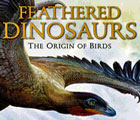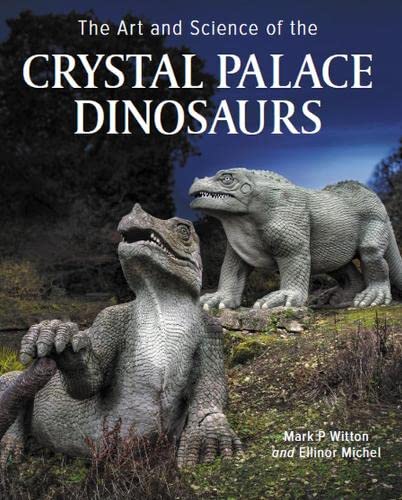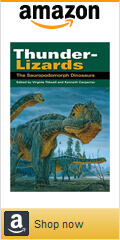Pronunciation: ANG-ki-SOR-ee-uh
Authors: Galton and Upchurch
Year: 2004
Meaning: Near lizards (see etymology)
Locomotion: Bipedal (two legs)
Synonyms: None known?
Authors: Galton and Upchurch
Year: 2004
Meaning: Near lizards (see etymology)
Locomotion: Bipedal (two legs)
Synonyms: None known?
[Galton and Upchurch 2004]Definition
Anchisaurus and Melanorosaurus, their common ancestor, and all its descendants.
About
Anchisauria was defined by Galton and Upchurch in 2004 with the purpose of segregating two families of enigmatic "prosauropod" dinosaurs—Anchisauridae (anchored by Anchisaurus) and Melanorosauridae (anchored by Melanorosaurus)—from Plateosaurus, Massospondylus and the more common sauropodomorphs that made up a separate group called Plateosauria. Like so...
However, in 2010, Yates et al. realised that Anchisaurus and Melanorosaurus were more closely related to sauropods than to plateosaurians, thus, Anchisauria also includes Sauropoda, a family of well known, four-legged, herbivorous dinosaurs, some of which were the largest terrestrial animals to ever walk the earth.
On top of that, "Prosauropoda" turned out to be a ragtag bunch of basal sauropodomorphs who didn't know where they belonged, Plateosauria is now where "Prosauropoda" used to be, and some non-anchisaurian plateosaurian sauropodomorphs have been nominated to anchor their own families. Unfortunately, their members are so meagre that if one of them should flee elsewhere—which could happen at any time given that Sauropodomorpha is in a state of constant flux—then the deserted family is likely to collapse due to a lack of relatives. Anchisaurus, in fact, is on shaky ground itself, so much so than some palaeontologists are already toying with replacing its Anchisauria with Sauropodiformes.
We'll try to keep you abreast of the situation, but we're only human!
Relationships
Etymology
Anchisauria is derived from the Greek "agkhi" (near), "sauros" (lizard) and "-ia" (neuter plural). The "near lizards" are named for group anchor Anchisaurus which O.C. Marsh assumed sat somewhere between ancestral archosaurs and later dinosaurs on the evolutionary tree.
Further reading
• Galton PM and Upchurch P (2004) "Prosauropoda" in Weishampel, Dodson and Osmólska (eds.) "The Dinosauria: Second
Edition".
• McPhee BW, Yates AM, Choiniere JN and Abdala F (2014) "The complete anatomy and phylogenetic relationships of Antetonitrus ingenipes(Sauropodiformes, Dinosauria): Implications for the origins of Sauropoda". Zoological Journal of the Linnean Society 171: 151. doi:10.1111/zoj.12127
• Yates AM (2010) "A revision of the problematic sauropodomorph dinosaurs from Manchester, Connecticut and the status of Anchisaurus Marsh". Palaeontology, 53: 739–752. doi:10.1111/j.1475-4983.2010.00952.x
• Wang Ya-Ming, You Hai-Lu & Wang Tao (2017) "A new basal sauropodiform dinosaur from the Lower Jurassic of Yunnan Province, China". Scientific Reports 7:41881.





